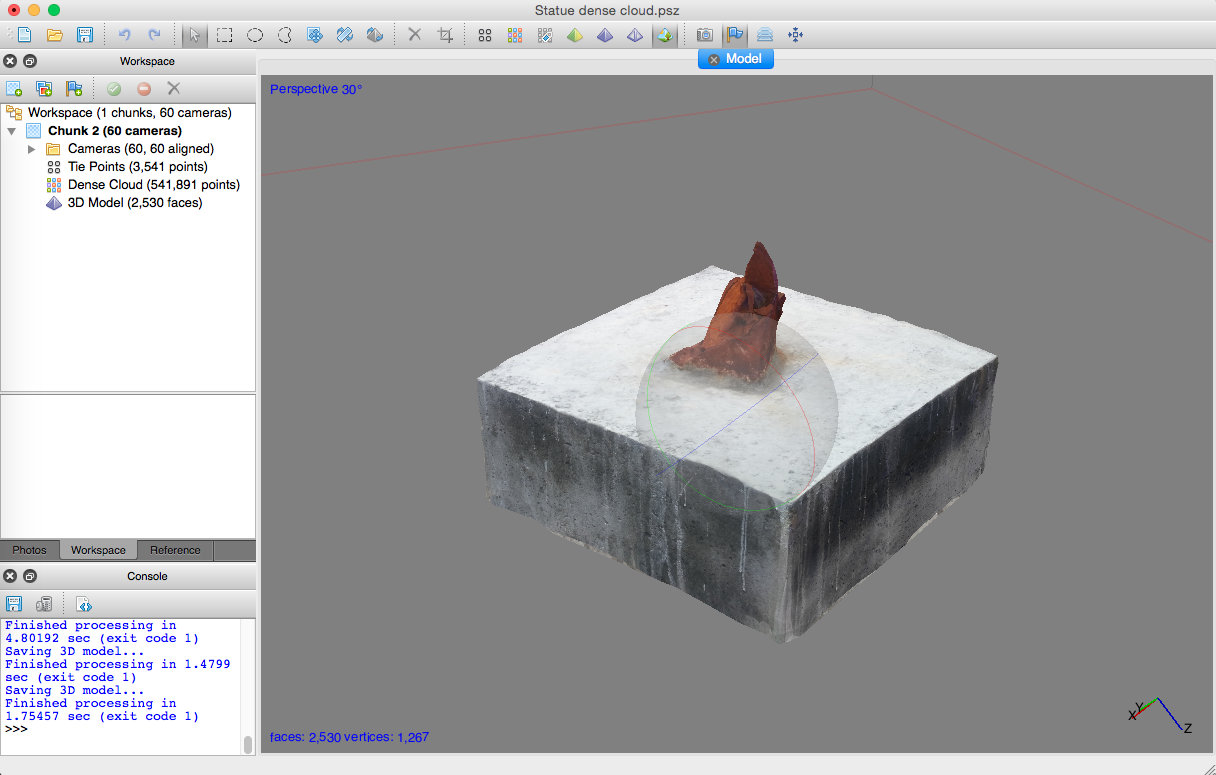“Four main levels of participation can be identified, spanning a spectrum from contributory, to collaborative, co-creative and hosted”(Bonnachi, 2017). Contributory is when individuals from the community aid archeologists in there research .This can be furthered by getting the public for involved in the project and with them creating 3D models of different point of the site to create resources for both the archeologists and the public. Co-Creative is a more challenging type of participation it requires that the activities to be undertaken are planned and developed jointly by all those involved, This can be implement by getting together with the community to connect our project to the both need of the public and their history. hosted participation is the rarest and most difficult of all of them it requires a institution such as a university to provide everything from funds to a infrastructure in which the project can be conducted by members of the public. I am not sure on how we can increase this type of participation besides by just keeping the project going for as long as possible.
In recent year technology has changed the way archeology is conducted in numerous ways.” we must engage with how these tools fit our epistemologies”(Garstki,2017) . 3D imagining is one of these new pieces of technology that have become a important tool for all anthropologists . In this day and age many of our worlds most precious pieces of history are in danger from either man or nature. Acid rain corrodes many monuments while war destroys the others. 3D technologies is one way that we at the very least can save a image of many of these pieces of history before they are gone. And through 3D imaging we can share them across the world , can you imagine a exact replica of the elgin marbles or of the lion of Babylon , or any of the other monuments in the world in your local museum. Many museums today have implemented this technique to further their own archives and allow the pubic access to create their own models”… allow access to a selection of their own scans of their collections, making it possible for individuals to download and 3D Print digital models ” (Garstki,2017) .That is the power of 3D technology it enables anyone in the world to experience what only a few decades ago required a costly flight . But despite all the advantages of 3D technology there are also many difficulties that involve the technology . One is that it is very time consuming ,it takes quite a bit of time to take all of the required photos in order to create a 3D image, and the correct pictures are not taken it could leave you with a incomplete rendering . The scanner can be just as bad the same problems occur if the person scanning goes to fast I do think that this technology could be incorporated into our own project despite the difficulties , we already learned the basics during class so it is not too hard for students too do. with enough practice it should get much easier. This technology an be used to record data , and create a archive of what a individuals grave looks like instead of just describing them to the best of our abilities.
Bonacchi, Chiara (2017) Digital Media in Public Archaeology. In Key Concepts in Public Archaeology, edited by Gabriel Moshenska. UCL Press, London.
Garstki, Kevin (2017). Virtual Representation: the Production of 3D Digital Artifacts. Journal of Archaeological Method and Theory 24(3):726-750
